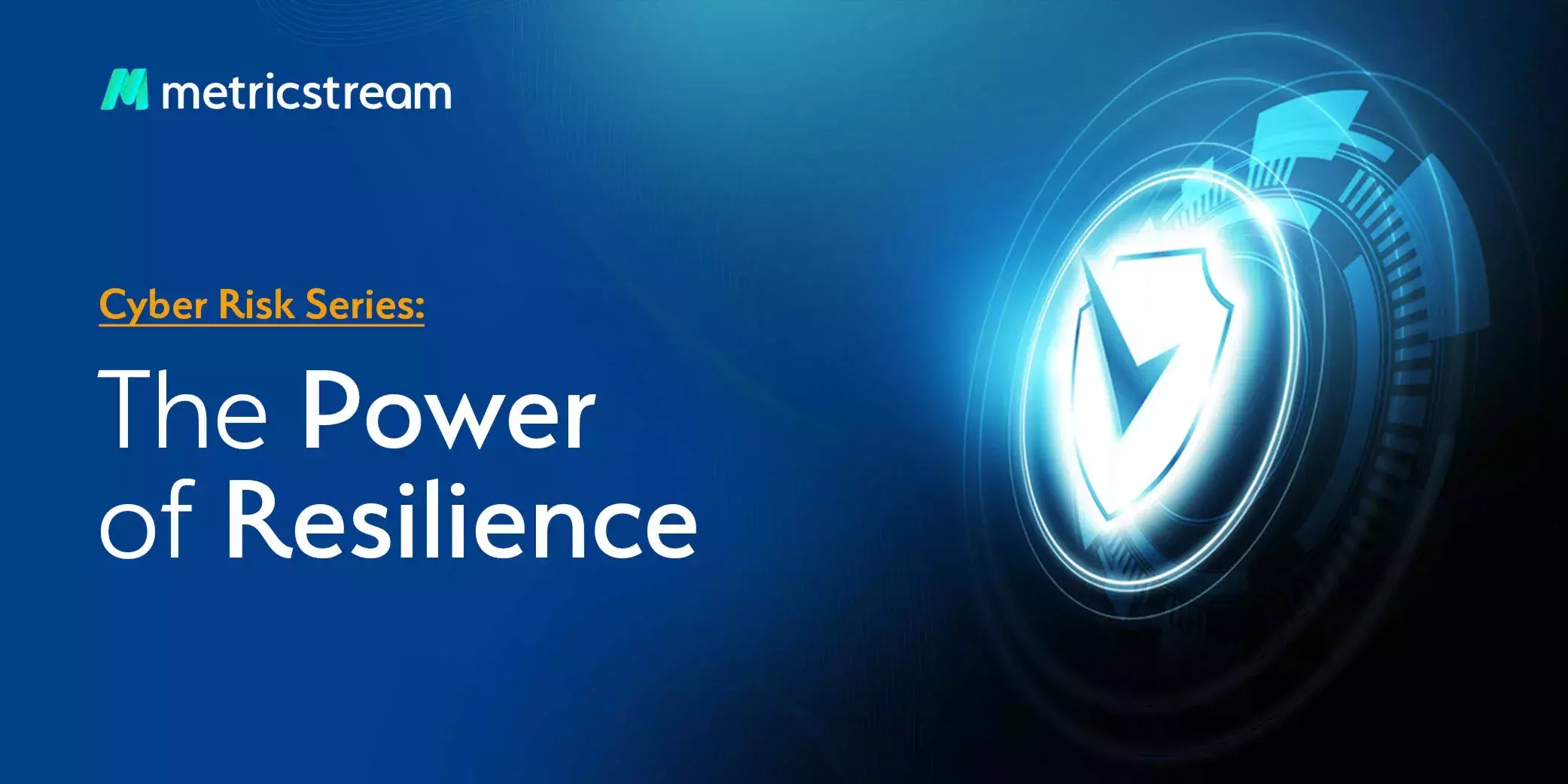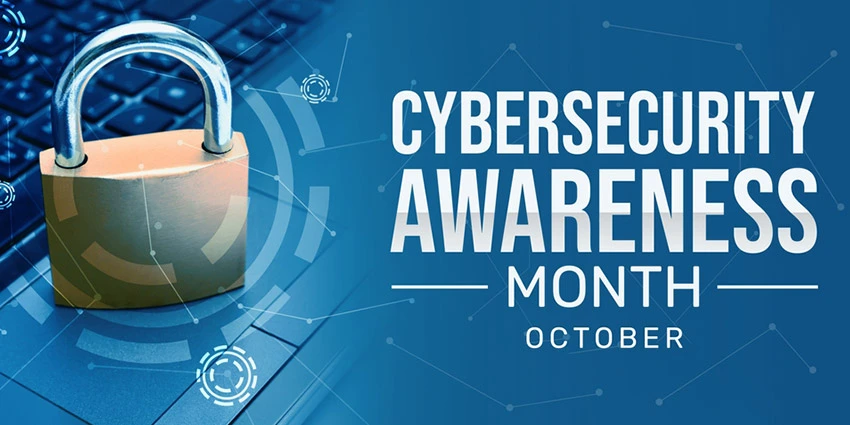The 3 A's to Advancing Your Organization's Cyber and GRC Maturity
- IT Risk & Cyber Risk
- 22 June 23

Introduction
Today, everything is digitally connected and moving fast – and so are risks. Organizations today are exposed to multi-dimensional, high-velocity, high-impact, and interconnected risks – from cyber to compliance to environmental.
At the same time, regulations, security, and compliance requirements are rapidly escalating and becoming increasingly complex. You need speed, agility, and accuracy to not just navigate but succeed in today’s hyper-digitized business environment. But how?
Automation, Autonomy, Analytics – these are the three A’s that will shape future companies and business models, and help them advance on the governance, risk, and compliance (GRC) maturity curve, as well as prevent escalating cyber security risks. Let’s take a closer look.
Automation
One might say that automated workflows and processes are a given today. But you would be surprised by the number of organizations that are still highly dependent on manual efforts, spreadsheets, and siloed operations – from managing risks and compliance requirements to cash management, to project management, to recovery planning, and more. Automation is on every company’s strategic agenda, but it’s a long road ahead.
Adopting technology solutions and software tools can significantly accelerate various processes and minimize human effort. For GRC professionals, chief risk officers, and CISOs, automation can enable focus on analysis of risk and compliance data, risk prevention, and robust GRC strategic plans than focusing on mundane, repetitive tasks, such as conducting risk and control assessments, capturing regulatory alerts, and sending alerts/notifications to relevant users.
That said, automation alone is not enough.
Organizations need to move away from siloed and disjointed processes to integrated, connected approaches. Integration and connection help to eliminate redundancies, get the right information to the right person at the right time, and reduce cost, effort, and workload. Only then can an organization truly realize the benefits of automation.
Finally: pivoting towards automation is not easy. Success depends on a number of factors – backing from the C-suite and top management, budget and financial resources, and, above all, enterprise-wide culture change and acceptance.
Autonomous
It wouldn’t be an exaggeration to say that autonomous business processes are the future. While automation means using tools and technology to reduce human effort, it still depends on some human involvement for monitoring and supervising the processes.
Autonomous processes are those that can function without any human intervention – they are always on and running continuously in the background. Automation could be regarded as the first step toward becoming autonomous.
Autonomous processes and business models will be critical to keeping up with the ever-evolving risk and regulatory landscape going forward. It is next to impossible for any organization to continuously identify threats and vulnerabilities, test and monitor controls, etc. with a manual approach.
Usually, one establishes a cadence for performing such activities – quarterly, half-yearly, annually – mainly due to the cost and the effort involved. However, this periodic approach fails to provide real-time insights and results in a reactive approach to GRC and cyber risk management.
By ensuring continuous and complete testing and monitoring, autonomous processes help eliminate blind spots. They’re working even when you aren’t, flagging your team to risks so you can remediate them before they become full-blown issues. Timely insights improve agility in decision-making required to stay ahead of the game.
Continuous control monitoring (CCM) is part of the MetricStream strategy to use machines vs humans to perform tasks and provide autonomous capabilities to organizations. CCM allows you to detect more deviations more often compared to the manual testing method that fails to spot risks and potential compliance failures, letting them slip through the cracks. With CCM, you can proactively identify risks, improve cybersecurity and compliance posture, reduce audit costs, and support rapid remediation while increasing efficiency, visibility, accuracy and scalability.
Read More: Improve Your Cyber Risk Posture and Compliance with Continuous Control Monitoring from MetricStream
Analytics
Harnessing the power of data is critical to bring accuracy to decision-making. Data powers modern business. However, data alone cannot add business value. By leveraging analytics, AI, and statistical tools, organizations can transform raw data into actionable insights to make better-informed decisions.
First, though, organizations need to ensure data integrity and structure. In our conversations with companies across industries, we often hear that a lack of a single view of risks is a key challenge. Different business units use their own risk languages and definitions. This results in unstructured data that is difficult to consolidate and analyze. Establishing a common taxonomy is crucial for analytics and next-gen technologies, such as AI, to turn data into insight.
Automation, autonomy, and analytics are central to MetricStream’s product vision with many capabilities in today’s products and many more to come. Artificial intelligence (AI), Natural Language Processing (NLP), a simulation engine, and API technology are all core capabilities of the MetricStream Platform:
- Autonomous Evidence Collection and Continuous Control Monitoring work continuously to test control effectiveness and enable easier remediation
- With risk quantification, a built-in Monte Carlo simulation engine is used to run scenario analysis and predict annualized losses
- NLP is used to understand the intent of searching and provide better search results for documents than traditional keyword-based searching
- AI-powered Issue Management analyzes large volumes of issues and, more importantly, recommends best practices remediation for more effective and efficient remediation
- APIs enable the incorporation of your internal risk data and other applications for a single view of risk across your enterprise
Read More: A Comprehensive Guide to Cyber Risk Quantification
What does the future hold? It’s never sure, but’s clear that you’ll continue to see more autonomy with automated risk rankings with no humans required, automatic connections of risks to controls and standards/regulations, and much more. Stay tuned!
How can MetricStream help you today? Let us show you how we can help you manage your GRC and cyber risk needs – automatically, autonomously, and with powerful analytics. Reach out today for a demo.








